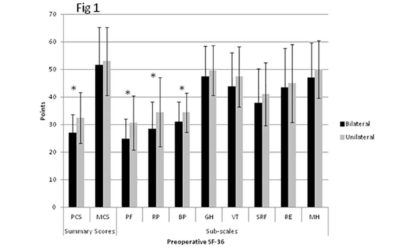What is the difference between inclusion and exclusion criteria? How do you know whether something should be an inclusion or exclusion criterion for your study? In a prospective study, you define the study population and enrol eligible subjects before applying the...
Citing the Literature Correctly Within the Text
Last week we looked at how to describe the literature in the Introduction and Discussion sections of your manuscript. When referring to a published study in the main text of your manuscript, a specific format is required for citing the study. This format is dependent...
Introducing and Discussing the Literature
You’ve searched and reviewed the literature on your research topic, designed your study accordingly, and now you’re ready to write up your results in a manuscript for submission to a peer-reviewed journal. In the Introduction and Discussion sections of the manuscript,...
WIIOKTUA? (When Is It OK To Use Acronyms?)
LOL ROFL NVM OMG POV TIA FYI IMHO LMK ICYMI These common acronyms and many others are used abundantly in texts, tweets, instant and direct messages, and emails. Acronyms are generally used to save time when texting, and to save space and avoid repetition in papers. In...
Figure Legends
According to my Twitter feed, a number of researchers are unsure of how to approach figure legends. I actually find figure legends fairly formulaic and easy to write. As a first step, I recommend browsing through several recent issues of the journal where you’ll be...
Creating Figures for Your Manuscript
“A picture is worth a thousand words.” Perhaps. A good figure in a medical journal will save at least 200 to 300 words of text in the Results, and probably some text in the Discussion as well. That’s worth a lot, with today’s strict word length limitations imposed by...







Recent Comments